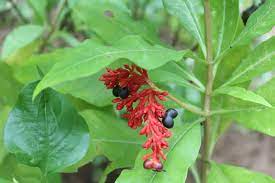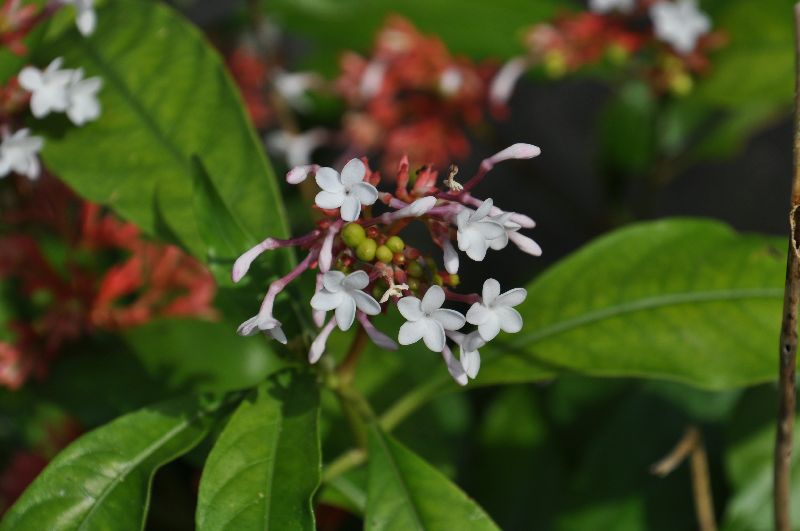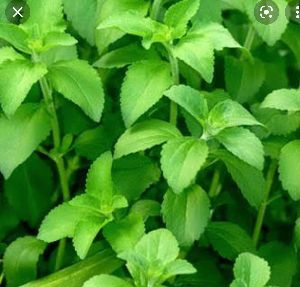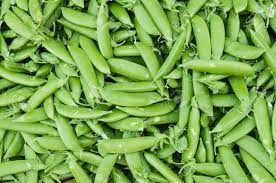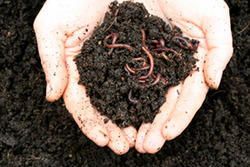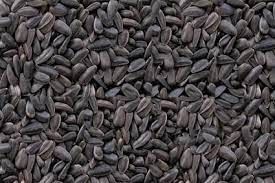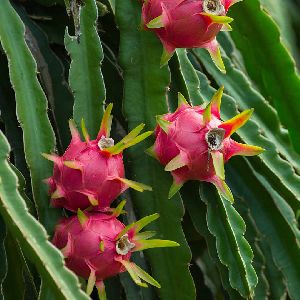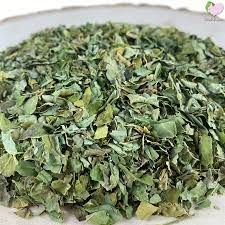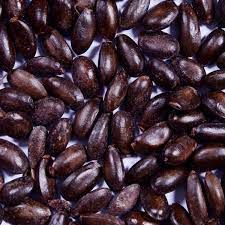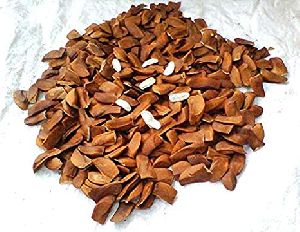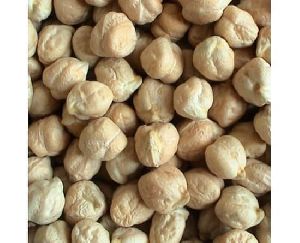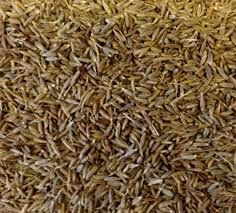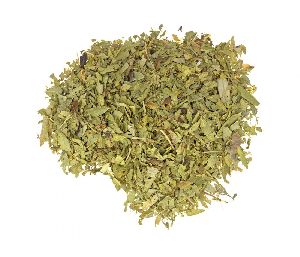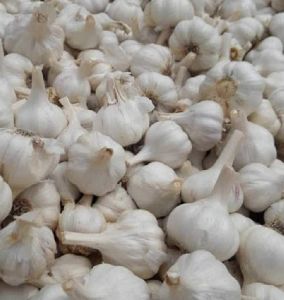- View Mobile Number
| Business Type | Supplier, Trader |
| Purity | 99.00% |
| Shelf Life | 2 Years |
| Quality | Good Quality |
| Click to view more | |
Product Details
Sarpagandha Plants :-Rauwolfia serpentine(snakeroot) isan erect evergreen perennial shrub from the family apocynaceae well-known for its medicinal value.The shrub normally grows up to the height of 23-24inches. The tuberous roots of this plant get20-24inches deep into the soil with its diameter of 1.5-2inches.Apart from its medicinal uses, serpent woods are used in woodcarving. Since centuries it is used in Ayurveda in India.
Economic parts:Leaves, Seeds& Roots (dry)
Chemical composition and its uses: Research shows that Rauwolfia serpentine contain more than 50 different alkaloids monoterpeniod indole family, out of which 90% where found in roots. Some of the major alkaloids are;
Soil and climate:The plant grows well in well drained fertile clay loam to slit-loam soil, slightly acidic to neutral (pH 6-8) with rich organic content for commercial cultivation.Itrequires monsoon rain of 200-250cm (approx.).
The crop is mostly grown in the hilly areas of Himalayan region; it is also grown in lower ranges of western and Eastern Ghats and in the Andaman region. Sarpagandha grows well at the elevation of 1200 -1300m with no severe winter and frost free areas.
Land Preparation: The land shouldbewell plough up to 11inches depth and free from weeds. Prepare the raised bed of convenient size, incorporate one-third quantity of FYM and two-third of fine soil on it.
Propagation and planting:Propagation can be done by seeds, stem cuttings and root stump or root cuttings. Seed propagation is the best method for commercial plantation
Seed:Seed germination is highly variable (5-30%). Seeds are treated with thiram@2-3g/kg seed and sown in the months of April-May, preferably seedlings are raised in nursery located in shaded areas and kept moist throughout the germination period i.e. 30-35 days after sowing.
Stem cutting: Hard wood cutting of 15-20cm containing 2-3 nodes are closely planted in moistened nursery beds during the month of June. The germinated plant then transplanted to the main field. About 65% success rate is reported.
Root cutting:The roots of 5cm long are cuts and planted on nursery beds in the month of June-July. Sprouting occurs after 20days of planting after which the plant is ready to transplant in to the main field during the rainy season for better root establishment. Around 40-50 kg is required for planting in 1 acre land.
60-80% of success rate is reported.
Root stumps: In the month of May-June, transplant the portion of stem above the collar with 5cm roots directly in the irrigated field. A single plant is sprouted from each root stump and about 90-95% success rate is reported.
Note:
- Seeds can be soaked in water for 24hours to break dormancy before sowing.
- The nursery beds should be moistened till sprouted.
- In stem cutting IAA@30ppm is treated for early root initiatio
Irrigation: Plants need regular irrigation where temperature raise high combined with low rainfall during rainy season. About 15-16 irrigations are required 20 days’ interval in the summer and 30 days interval in winter.
Weeding: During the initial period of growth Rauwolfia needs intensive weeding of 2-3 times and a hoeing in a first year. The crops need 5-6 weeding and intercropped practised.
Roots are harvested by digging out after 18-24 months of planting. The harvested roots should be washed and cleaned before cutting into 12-15 cm pieces for drying and storing in polythene lined gunny bags in cool dry places to protect from mould. The dry root possesses upto 8-10% of moistures.During the months of Aug-Dec seeds are produced, the collected seeds are soaked in water for 15- 20 hours and its coat is removed manually, washed and dried for storing for next sowing.
Yield:In the 2nd years Sarpagandha plant produced 100kg of seeds and 1500 kg of dry leaves in one Acre field (approx.).
Marketing: Due to its emerging demand of Sarpagandha, the natural reserves of this plant are declining rapidly. Generally, Ayurvedic and Siddha drug manufacturers are the major consumers of these products. This plant also has a very good export potential
What sets us apart as a company is that we want to deal with anyone that owns our product, We will try to give our best service to you and If you have an issue with you can come to us with your issue, we'll help you to resolve your issue. Because we believe happy customers are your biggest advocates and can become your most successful sales team...

